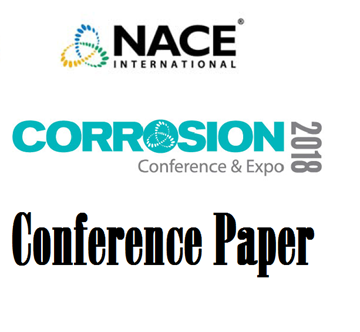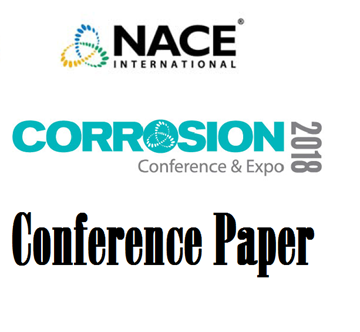Search
51318-11008-Impact of Wash Water Injection on Corrosion Control in a Gas Recovery Unit
Also Purchased
51318-11009-Coating System to Mitigate Against Hydrogen Cracking in Gas Dehydration Unit
Product Number:
51318-11009-SG
Publication Date:
2018
$20.00
07575 Determination of Corrosion Mechanism for Water Wash Injection Point Failure in Saturate Gas Plant
Product Number:
51300-07575-SG
ISBN:
07575 2007 CP
Publication Date:
2007
$20.00
51318-11012-Amine base Vapor Phase Corrosion inhibitor Alternatives to Hydrazine for Steam generating system and
Product Number:
51318-11012-SG
Publication Date:
2018
$20.00




